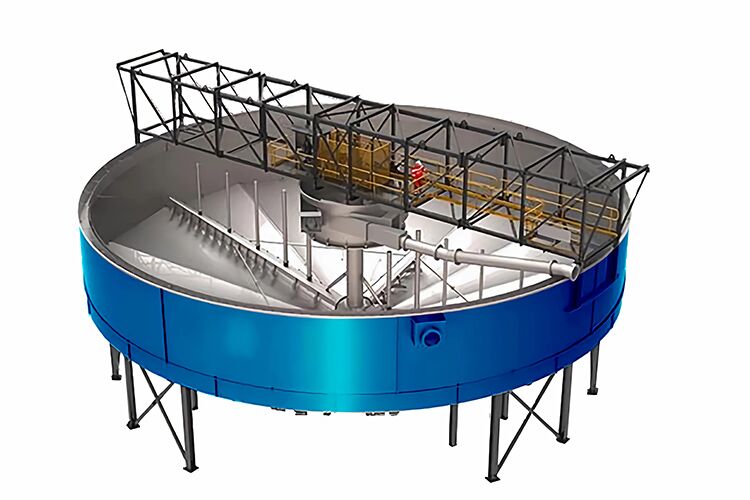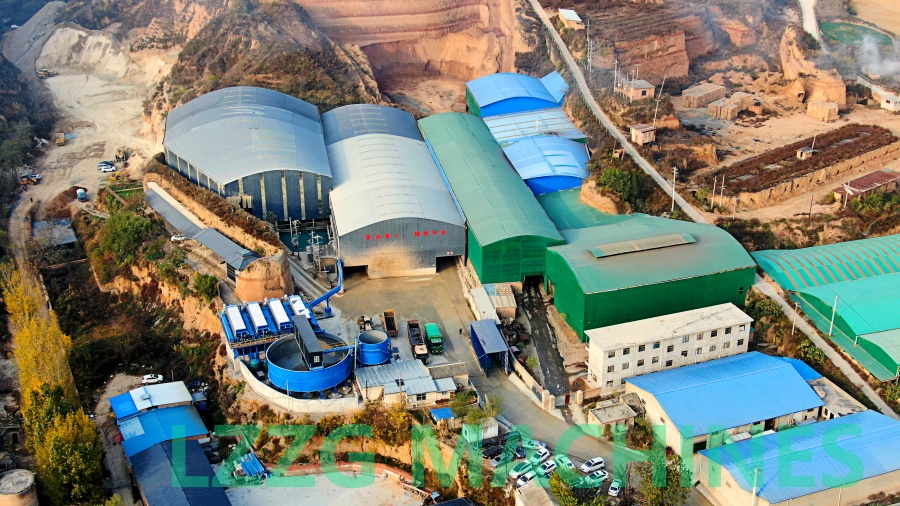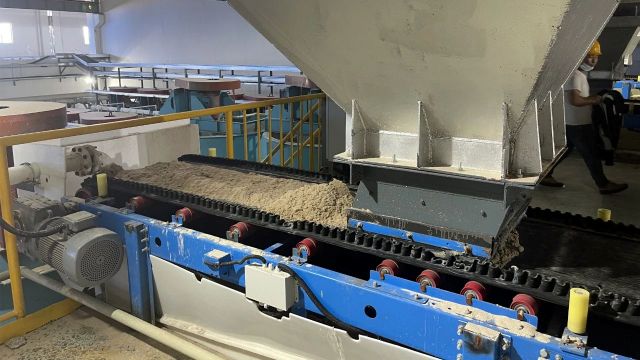Equipment for purification and reuse of mineral washing wastewater
 October.08,2024
October.08,2024
In the process of mineral washing wastewater treatment, a series of treatment technologies need to be adopted to improve the treatment efficiency and water purification degree. Common treatment technologies include: physical precipitation, biodegradation, chemical precipitation, activated carbon adsorption and deep filtration.

1. Physical precipitation technology: Suspended matter and heavy metal ions are precipitated through sedimentation tanks or sedimentation tanks to achieve the effect of preliminary purification.
2. Biodegradation technology: By setting up equipment such as bioreactors and biofilm reactors, microorganisms are used to degrade organic matter in the water to accelerate the treatment process.
3. Chemical precipitation technology: Heavy metals and other pollutants in the water are precipitated by adding chemical agents to achieve a certain purification effect.
4. Activated carbon adsorption: Activated carbon is introduced into wastewater to adsorb various organic matter remaining in the water to achieve the effect of purifying the environment.
5. Deep filtration technology: Suspended particles, dissolved organic matter, etc. in the water are removed through the last deep filtration.
In order to achieve the effective treatment of mineral washing wastewater, a series of treatment equipment is needed, including: sedimentation tanks, bioreactors, chemical agent adders, activated carbon adsorption tanks and deep filtration devices.
1. Sedimentation tank: equipment used to achieve preliminary sedimentation treatment.
2. Bioreactor: used to biodegrade organic matter and pollutants in wastewater.
3. Chemical agent adder: adding chemical agents to achieve chemical precipitation treatment.
4. Activated carbon adsorption tank: introducing activated carbon into wastewater to adsorb organic matter and pollutants in the water.
5. Deep filtration device: equipment to achieve the last deep filtration treatment.




